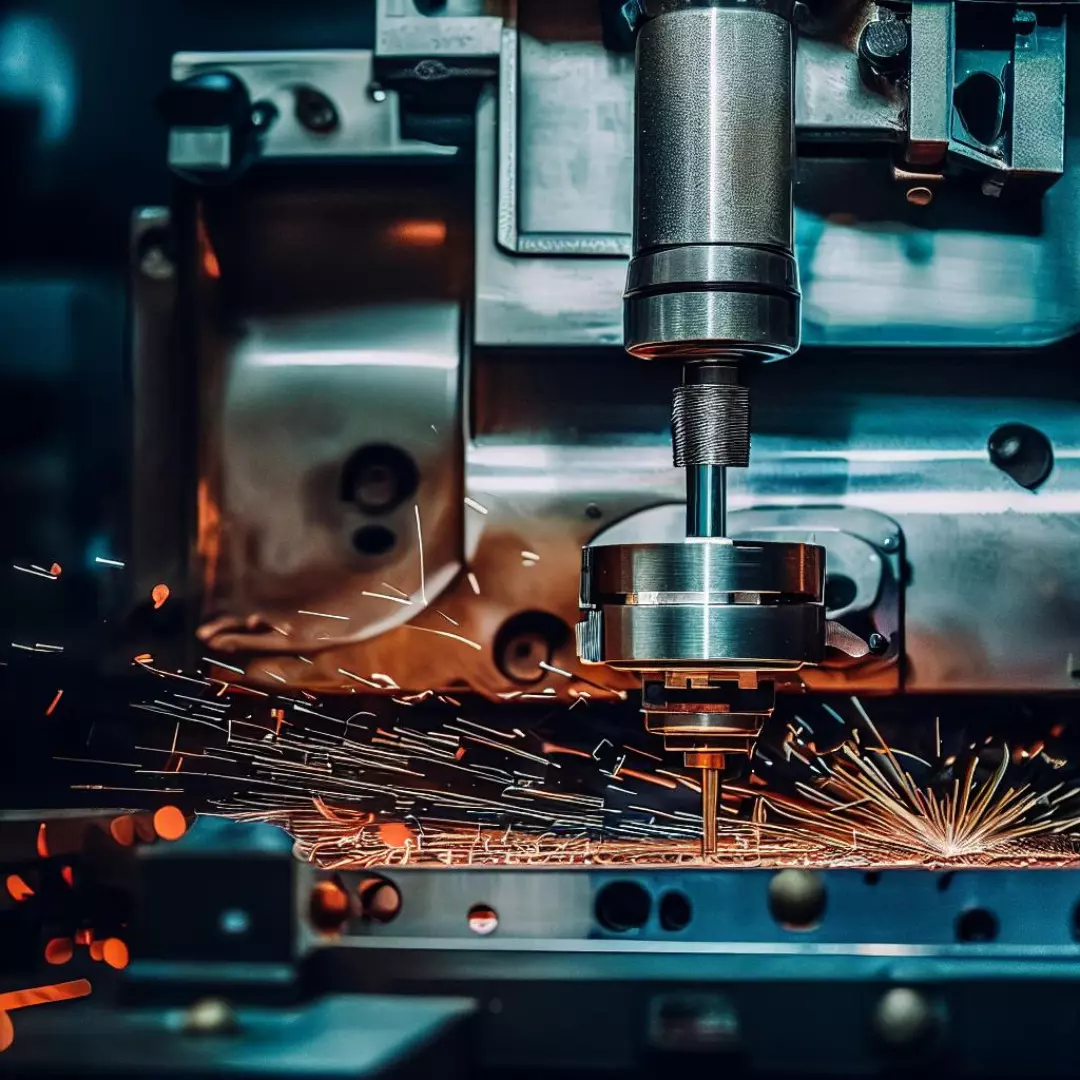What is Machining? A Comprehensive Guide to Metal Machining
Machining is a fundamental process in the manufacturing industry, used to create precise and complex parts from various materials. It’s a term that encompasses a wide range of techniques used to shape, cut, or finish a workpiece, often a metal, to create specific parts or products. This article aims to provide a comprehensive guide to metal machining, its definition in manufacturing and engineering, and its importance in the metalworking industry.
Definition of Machining
In manufacturing, machining refers to a collection of material-working processes where a piece of raw material is cut into a desired final shape and size through a controlled material-removal process. The process involves removing material from the workpiece, typically using a machine tool.
From an engineering perspective, machining is one of the most important subtractive manufacturing processes. Subtractive manufacturing is a process by which 3D objects are constructed by successively cutting material away from a solid block of material. Machining can be used to create a variety of features including holes, slots, pockets, flat surfaces, and even complex surface contours.
Importance of Machining in Metalworking
Machining plays a crucial role in the metalworking industry. It is used to manufacture a vast array of items, from individual parts to large-scale machinery. Metal machining provides the ability to achieve a high degree of precision and accuracy, which is often essential in manufacturing processes.
In the metalworking industry, machining can be used to create parts for various sectors such as automotive, aerospace, medical, and more. It allows manufacturers to create complex parts that would be almost impossible to produce through other methods.
Types of Metal Machining
There are several types of machining processes, each suitable for creating different parts and features. Some of the most common types include:
- Turning: This involves rotating the workpiece while a single-point cutting tool is moved parallel to the axis of rotation. Turning can be performed manually, but it is often done using a lathe or CNC machine.
- Milling: In milling, the workpiece is held stationary while the cutting tool rotates on its axis. Milling machines can be manual or computer-controlled (CNC).
- Drilling: This process is used to create round holes in a workpiece. It is typically done using a rotating cutter known as a drill bit.
- Grinding: Grinding is a finishing process that uses an abrasive wheel to smooth the surface of metallic or nonmetallic materials to give them a more refined look.
Conclusion
Understanding the basics of machining and its role in the metalworking industry is crucial for anyone involved in manufacturing. Whether you’re a professional machinist, a DIY enthusiast, or simply curious about the world of metal fabrication, having a solid understanding of metal machining processes can enhance your knowledge and skills in the field. Stay tuned for more articles as we delve deeper into the fascinating world of metal machining.





